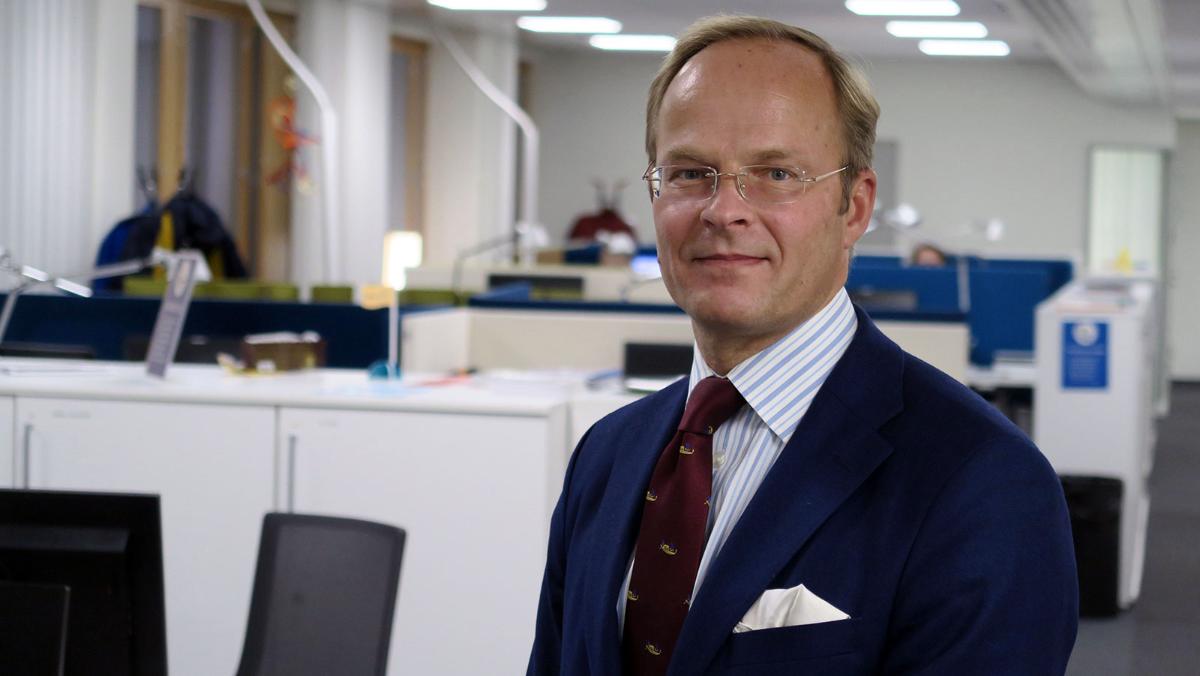Claus Lindroos: Growing numbers in need of humanitarian aid – what can the European Union do?

The UN Global Humanitarian Overview 2020 makes grim reading: Around 168 million people worldwide will need help and protection in crises spanning more than 50 countries. Next year, nearly USD 29 billion will be needed in humanitarian aid. The figures are likely to rise in the next few years. While protracted conflicts are the biggest cause for global needs, climate change too increases the likelihood of natural disasters and associated damages.
The launch of the UN overview coincided with this year’s last meeting of the Working Party on Humanitarian Aid and Food Aid (COHAFA) of the Council of the European Union. I chaired the group during the Finnish Presidency, and now is a good time to reflect on the EU’s role as a donor of humanitarian aid.
As the EU, through its member states and the European Commission, is a key donor in humanitarian funding, it has good opportunities to exert influence. During Finland’s Presidency of the Council of the EU, our aim was for the EU development ministers to adopt strong messages on humanitarian aid in their meeting in November. And so they did: the Council conclusions on humanitarian assistance and international humanitarian law will give direction and support for EU action in the future.
Response needed to the challenges of humanitarian aid
Humanitarian law has lost some of its past status in recent years, causing increasing civilian suffering in conflict. At the same time, delivery of assistance has become increasingly risky, expensive and dangerous. This is in violation of the 70-year-old Geneva Conventions, which the EU is committed to uphold and promote. Counter-terrorism measures, although justifiable, pose a further challenge, as they unfortunately sometimes impede neutral, impartial and independent humanitarian action.
We must continue to focus on increasing the amount and quality of funding. Flexible, sufficient and predictable funding helps aid organisations to operate in more efficient and timely ways. We need to pay more attention to the needs of the most vulnerable groups, such as women and girls and persons with disabilities. This autumn, Finland helped bring about new international guidelines on the inclusion of persons with disabilities in humanitarian action. The guidelines will have an impact on the activities of all key aid organisations.
We must reinforce the links between mediation and stabilisation efforts and humanitarian aid and development cooperation; otherwise, the need for humanitarian aid will go on increasing. Disaster risk reduction must be taken into account more systematically in all planning of societies.
Humanitarian aid is based on shared values
There is ongoing development of increasingly quick and efficient new ways of helping people in difficult conditions, and the EU is a key player in this work. I am happy that humanitarian action continues and makes progress despite all the challenges.
Humanitarian aid is also about the EU’s fundamental values: solidarity, defence of human rights and human dignity, and promoting security through cooperation. It is not likely that in the next few years any other group of countries could act as donors of humanitarian aid or as champions of humanitarian law as vigorously as the EU can. That is why we need the EU even in this sector.
The amount of money the world needs for humanitarian aid – USD 29 billion next year – is enormous. At the same time, we should bear in mind that this sum represents only a fraction of the funds spent on warfare. Indeed, globally we spend nearly three times more money on ice cream every year than we spend on humanitarian aid.
Claus Lindroos, Director of the Unit for Humanitarian Assistance and Policy, Ministry for Foreign Affairs
Council of the EU, press release, 25 November 2019: Humanitarian assistance and international humanitarian law: Council adopts conclusions